The rise of videogame bread
A look at the best and worst loaves through the ages.
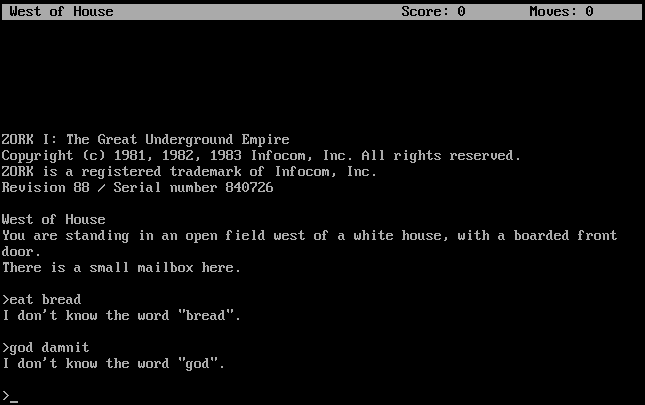
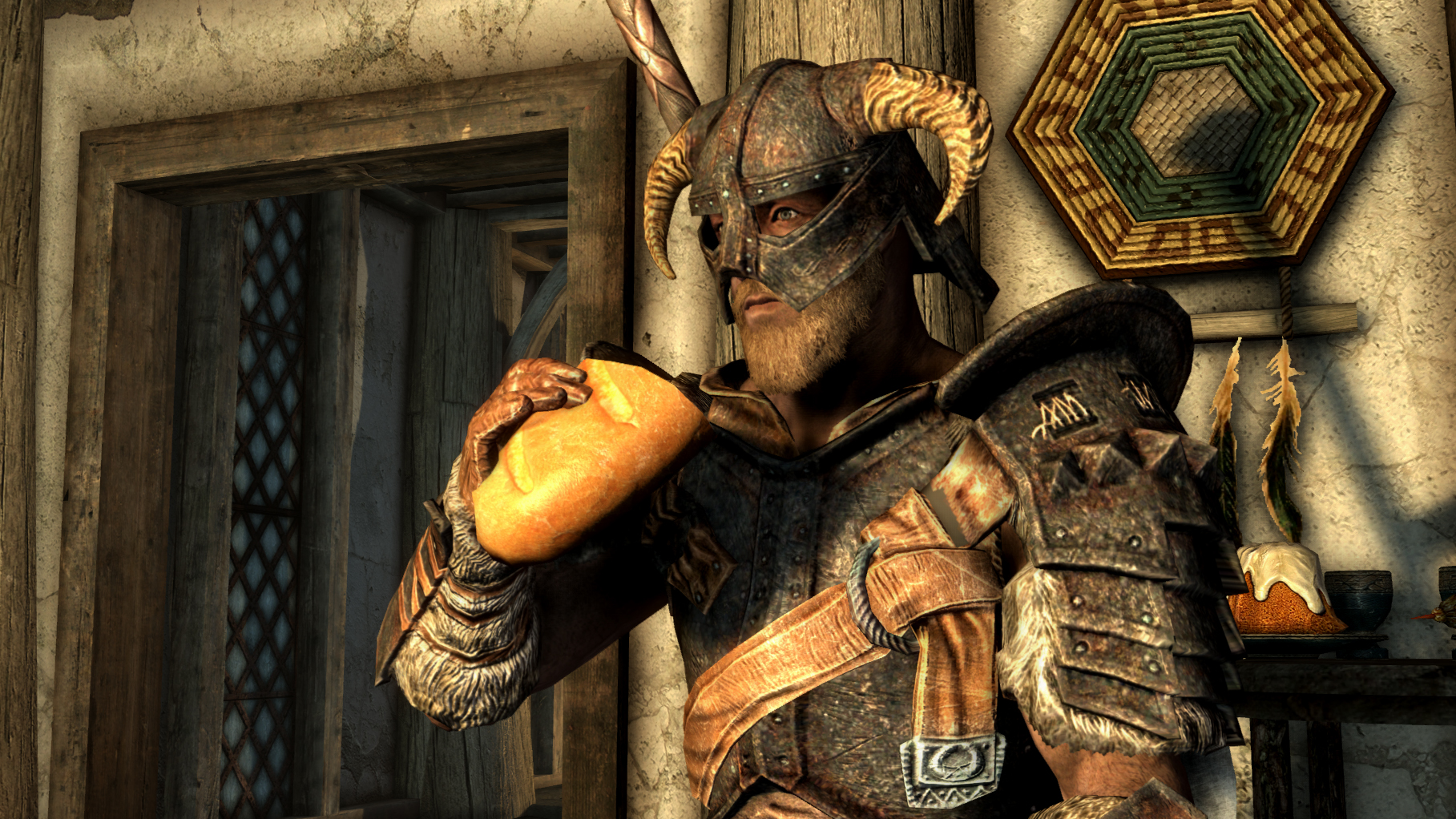
This article was part of Food Week on PC Gamer, when we looked at all the interesting ways games and grub intersect. See all the stories in our Food Week hub.
Without bagels, I’d probably live to be 100 years old. But I have regular access to bagels and sourdough loaves and this sandwich bread always in my house called Birdman that’s covered in seeds and I don’t know why. I eat the stuff so fast I’ll be surprised if I make it to 50.
In videogames, bread often gives you health instead of slowly seeping it away, a soft beacon of restorative power. It’s been this way since the earliest games, and as technology became more capable of producing detailed environments and uncanny human likenesses, so too advanced the fidelity of the loaf. But the evolution of bread didn’t happen in a straight line. Diverse genres, art styles, and game engines shifted the purpose and priority of bread throughout the ages.
To get a clearer picture of how game bread has or hasn’t evolved, we’ve taken a look back at its implementation in some best games ever made to some of the most obscure.
BurgerTime (1982)
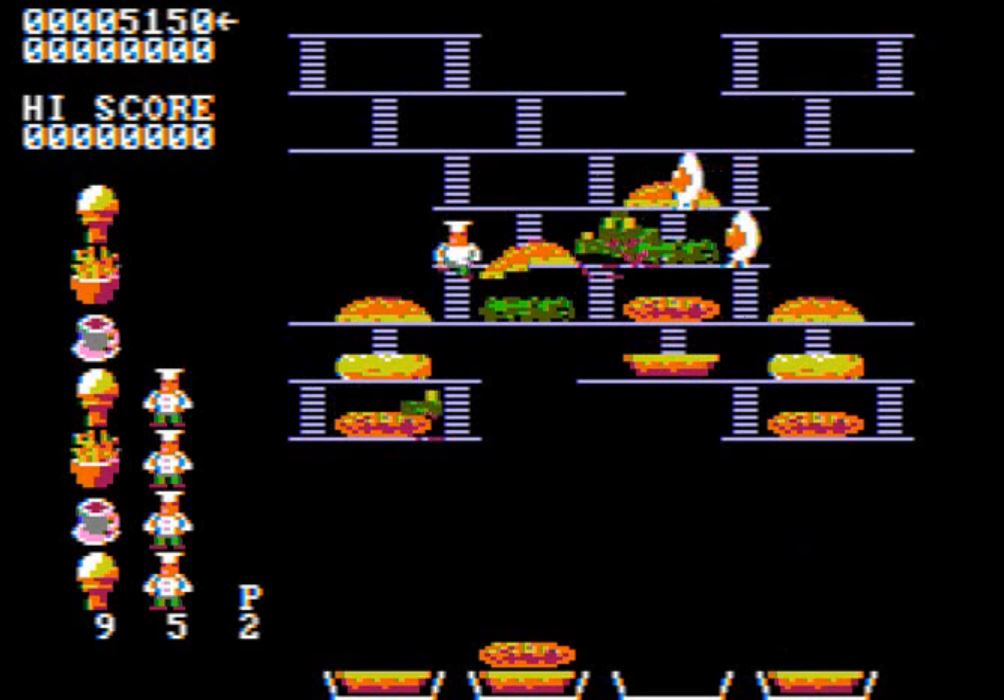
As one of the earliest depictions of a hamburger bun, BurgerTime did a decent job. And it should have, given the name. Notice the inference of sesame seeds on the top bun and how the light diffuses on the bottom bunk. Early pixel art set a high bar for bunwork.
Ultima VI: The False Prophet (1992)
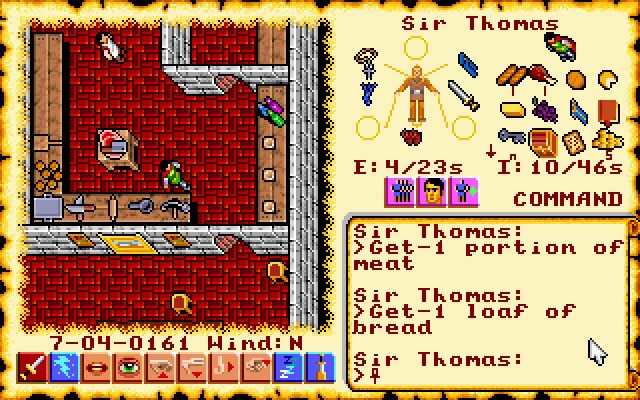
A decade later, the burger genre fell out of vogue and fantasy roleplaying games stepped into the limelight. Ultima IV didn’t feature bread in a major way, but was an early example of inventory art, proof that you didn’t need the latest in computer graphics to make a great loaf.
Jesus Matchup (1993)
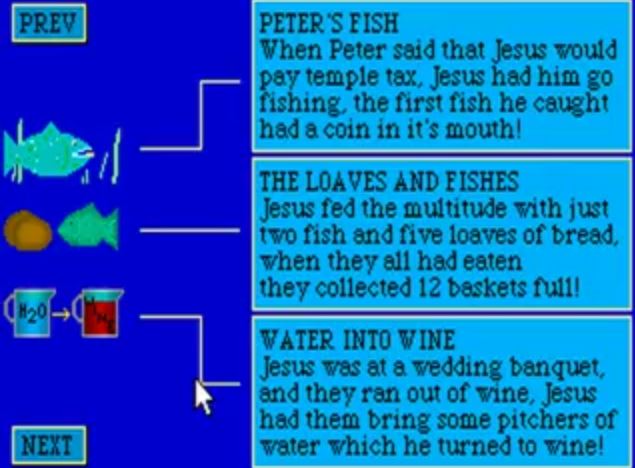
As a preteen, I went to a Catholic church camp even though I’m not and have never been Catholic. I ate the body of Christ even though I wasn’t supposed to and my friend Brian chastised me after the fact. He said I needed to get confirmed first and that I broke some kind of holy rule. The bread was just a thin wafer, like a sugar cone without the sugar, and maybe the aftertaste of it was a taste of hell itself. Jesus Matchup’s brown lump captures my disappointment exactly.
Ultima Online (1997)
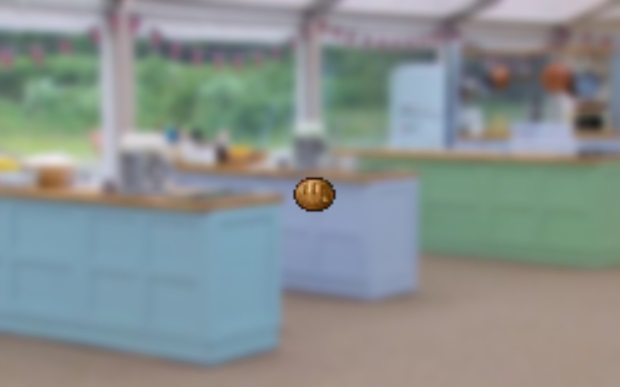
Pixel loaves hadn’t evolved much between Ultima IV and Ultima Online, but for one minor detail that changed the bread game forever for a few months. Ultima Online’s bread features a small blemish, giving the impression of a bite or piece ripped away for light post-adventure munching. The loaf went from inanimate prop to inanimate prop with history.
The biggest gaming news, reviews and hardware deals
Keep up to date with the most important stories and the best deals, as picked by the PC Gamer team.
Thief: The Dark Project (1998)
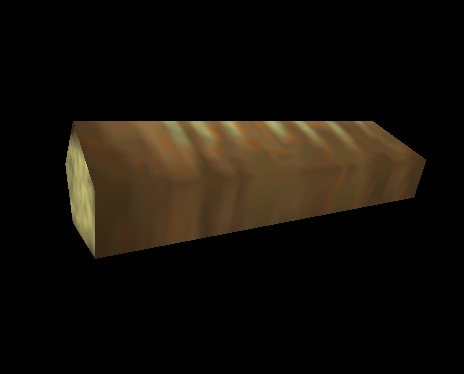
Whether Thief should be commended or condemned for its early attempt at modeling a 3D loaf is beyond me. All I know for sure is this: that’s a log.
Someone’s in the Kitchen! (1999)

You may know Steven Spielberg for his hit films like E.T. and Jurassic Park, but did you know his name was once mentioned in a trailer for a game he probably had nothing to do with? Someone’s in the Kitchen! isn’t just good reason to call the police, it’s a bad point-and-click edutainment game with one hell of an opening theme song. Also, you make a sandwich in it while a demon toaster—who is going to kill me, I saw it in a dream—judges your creation. The bread looks like my little brother sat on it, and is a shade of yellow I’ve only ever seen in bathrooms built in the 70s. Clearly, the late 90s weren’t great for game bread.
The Elder Scrolls 3: Morrowind (2002)
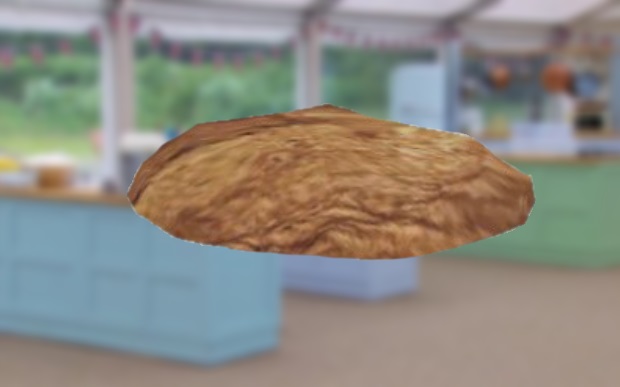
Even the modern masters of 3D bread had to start somewhere. In Morrowind, Bethesda drew inspiration from something other than felled trees and instead turned their eye to the sky, probably. I’m guessing here. They managed to suggest bread by texturing a footballish shape with what look like photos from the visible surface of Jupiter, a perpetually storming gas giant.
World of Warcraft (2004)
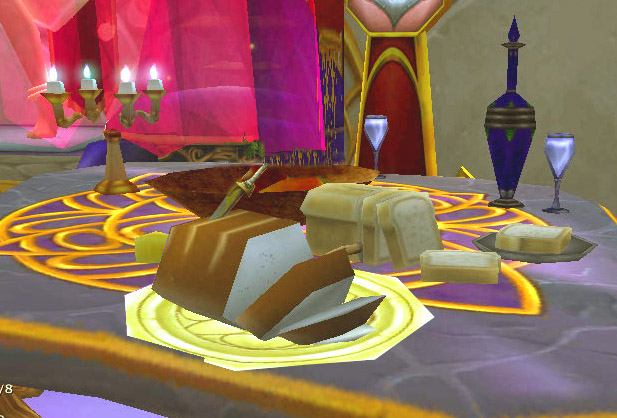
Just two years later an MMO, known for prioritizing multiplayer features over looking good, managed to bake bread that an Orc could tolerate. While the left loaf looks like a water chestnut, the precise angles and light divots up top are a convincing enough illusion. The right loaf, except for it’s undercooked coloring, nails the shape. And the inner texture marks a defined border between crust and light, fluffy inside. I’m tempted to throw some mayo, lettuce, tomato, and a bit of thinly sliced night elf meat on there just looking at it.
The Elder Scrolls 4: Oblivion (2006)
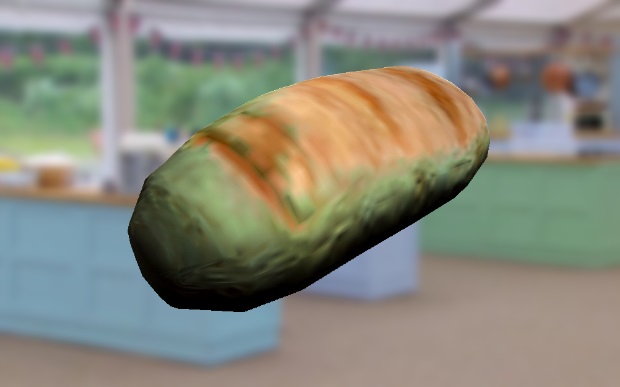
Maybe Bethesda should’ve prioritized bread resolution DLC over horse armor. At a glance, one out of ten times I’m going to say that’s bread. The other nine times I’m going to say that’s a large misshapen potato. I lived in Idaho for a while. Got invited to a ‘Baked Potato Party' and yeah, they get that big.
Recettear: An Item Shop’s Tale (2007)
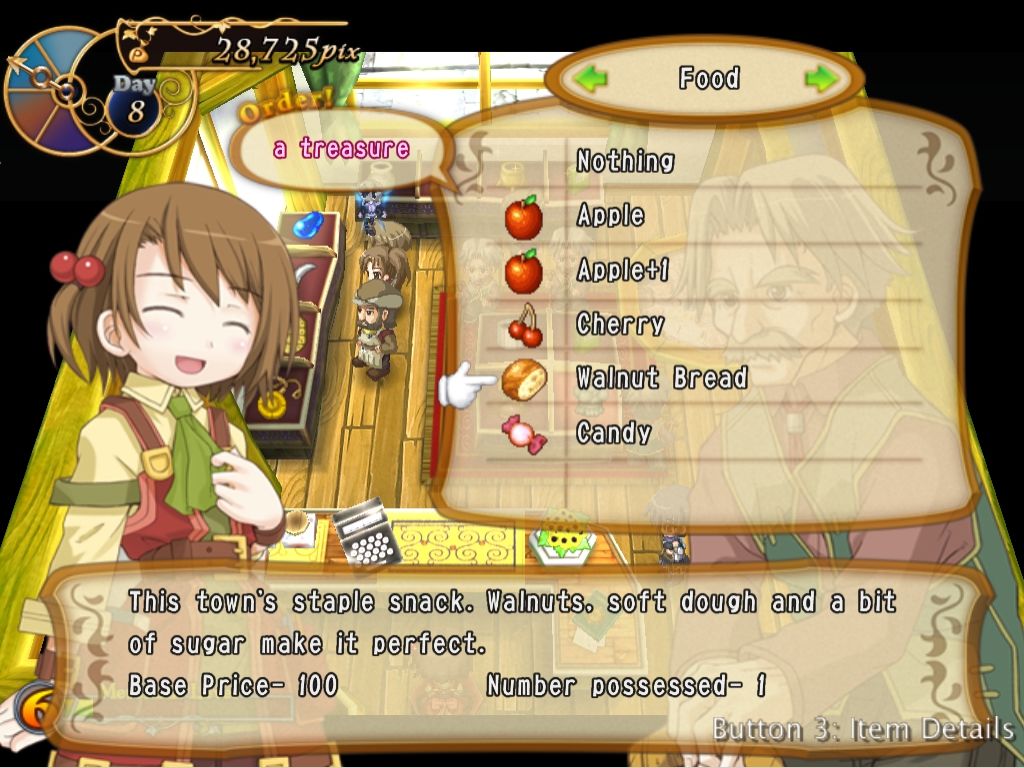
While 3D game bread moved into potato territory, Recettear reaffirmed that pixels were still the way to go. Its depiction of Walnut Bread takes a good squint to make out, but when you get up close, the shades of gold and brown and white light diffusing on the outer crust nearly flash the entire baking process on the back of your eyelids. “Walnuts, soft dough and a bit of sugar…” do more than an extra dimension ever could.
Dinner Date (2011)
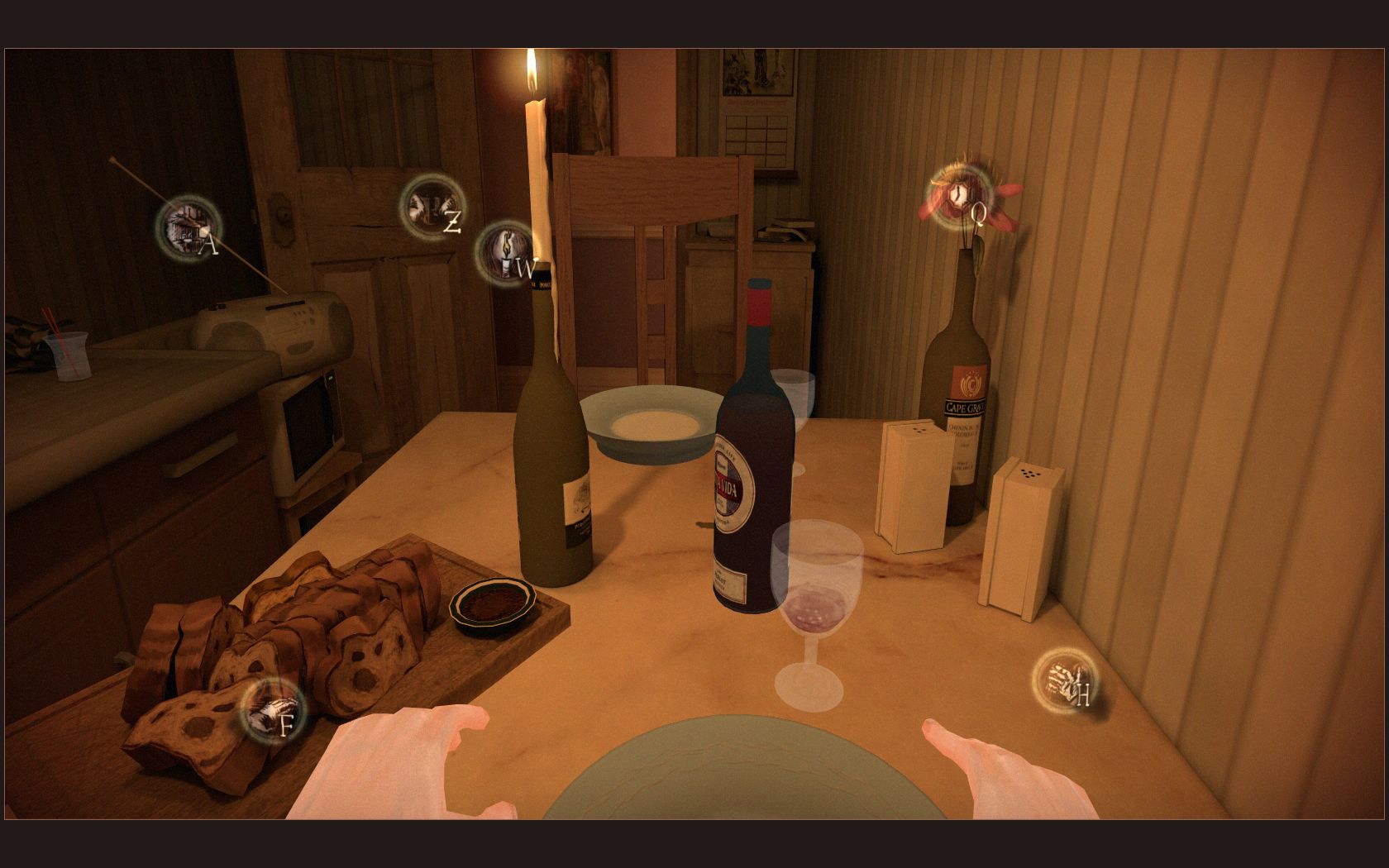
I’d flake on a guy who thought it’d be a good idea to dip that twisted loaf in some red shit too. And look at that distribution! I’m not sure what’s being distributed, but half of that isn’t even bread, it’s Dark Brown Stuff. Jesus, man. We should never be able to see inside the bread if the tech isn't ready and can’t simulate a good bake.
The Elder Scrolls V: Skyrim (2011)
Star Baker goes to Todd Howard this decade. Look at the fidelity of this loaf. A nice rise, detailed textures, and I can nearly hear the muffled tip-tap from the even bake. Forget adventure and the snowcapped mountaintops and vampires and dragons—like a toilet in a Tarantino movie, a good loaf is the keystone of any open world.
Minecraft (2011)
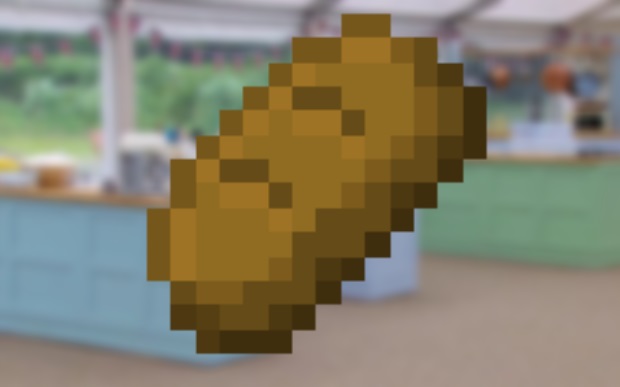
Well regarded for its wild redstone contraptions and horrifying monuments to pop culture, Minecraft’s bread has been largely ignored, and for good reason. You’re one of the most successful games of all time, and a brown lump is the best you can muster? I’ve felt more love radiating from an old hotdog bun.
Scribblenauts Unlimited (2012)
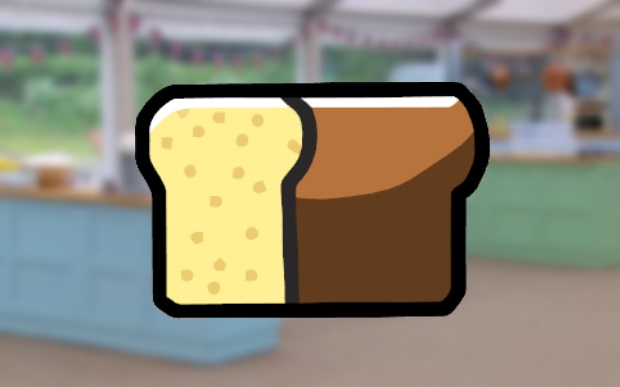
You can tell this was made in a bread pan, small specks imply the bread is airy and light, you can summon it whenever you like, and nearly every humanoid creature will eat it. It’s a crude child’s drawing, sure, but Scribblenauts built put time into simulating natural, albeit simple, bread world behaviors. Consider it this immersive sim, the System Shock, of bread. Place it in the world, and the world reacts to its presence.
Bioshock Infinite (2013)
Source: David Miles on YouTube
If one game knows how good its bread is, it’s Bioshock Infinite. If you were to press pause and inspect the 3D baguette, it’d be possible to nitpick small design decisions, like texture resolution, flour distribution, and grain density, but because the bread is sandwiched with context—the dancing bread boy and his believable reaction to owning a baguette inside a big patriotic amusement park city held up by balloons that Ken Levine imagined using his brain, his very own personal brain—it doesn’t feel out of place. Realism is helpful, certainly, but the game world needs to feel alive, like a natural home for bread above all else.
Team Fortress 2: Love and War update (2014)
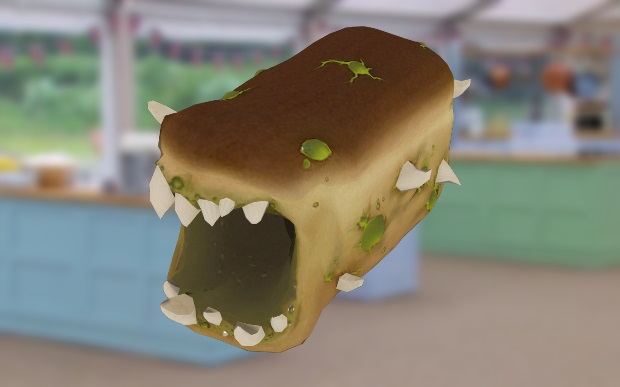
Bread is only monstrous when left to mold, and Team Fortress 2’s Love and War update bottles the essence of in a cute, tragic short film. There’s little purpose to the bread in-game aside from a few dough-themed items. Personally, I interpret it as a commentary on the state of game bread as nothing more than a simple prop and HP potion skin, new ideas and advances left in the pantry to rot. I see you Valve.
I Am Bread (2014)
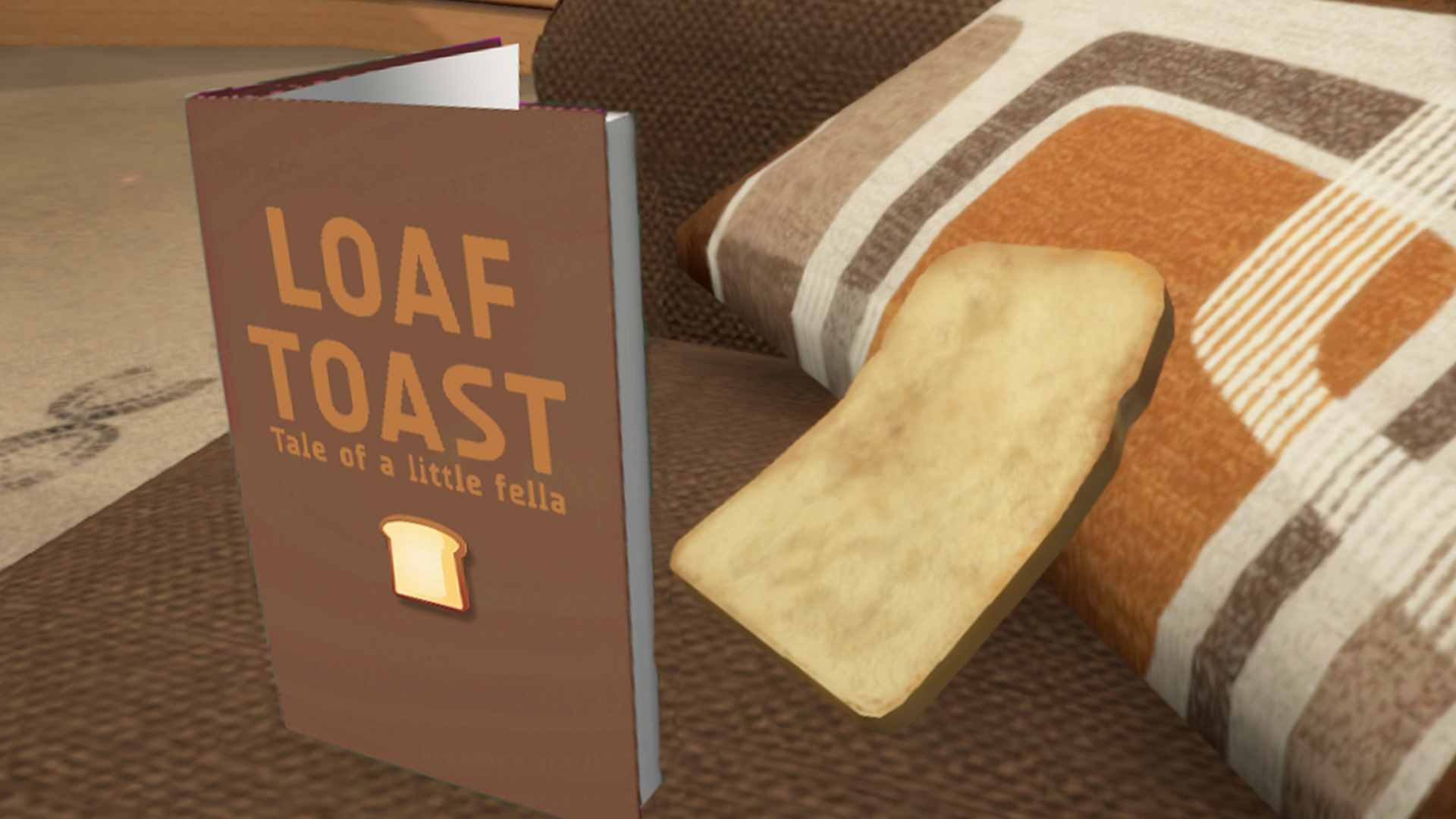
As a goofy physics playground, I Am Bread is fine. I do take issue with how controlling a slice feels like maneuvering a heavy sponge. Bread isn’t heavy and sandwich bread isn’t durable. One fall off the table and it’s over, usually. I Am Bread forgoes natural bread behaviors for the sake of a joke, but I’m not sure we’ll be laughing when our kids start to think they can wash the dishes with a sandwich.
The Witcher 3: Wild Hunt (2015)
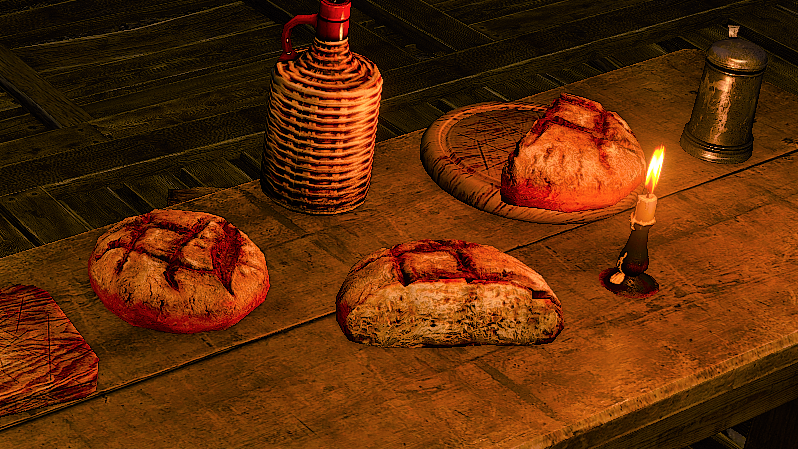
Everything about The Witcher 3’s world feels hand-placed. Small villages, big cities, and even monster-infested caves are brimming with life and purpose, but in order to maintain such a sprawling illusion, nearly all props and people are static. NPCs sit in the same place spouting the same lines and props like bread just sit there, looking delicious, but forever out of reach. What an awful game.
Fallout 4 (2015)
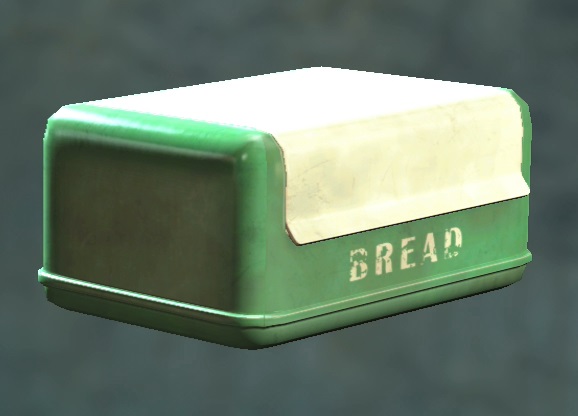
After setting a new standard for 3D loaf work in Skyrim, Bethesda dropped the atom ball in Fallout 4, spending more time on the bread box than any bread at all. Modders came to the rescue again, modeling slices, sandwiches, and adding recipes any old ghoul could follow.
Dishonored 2 (2016)
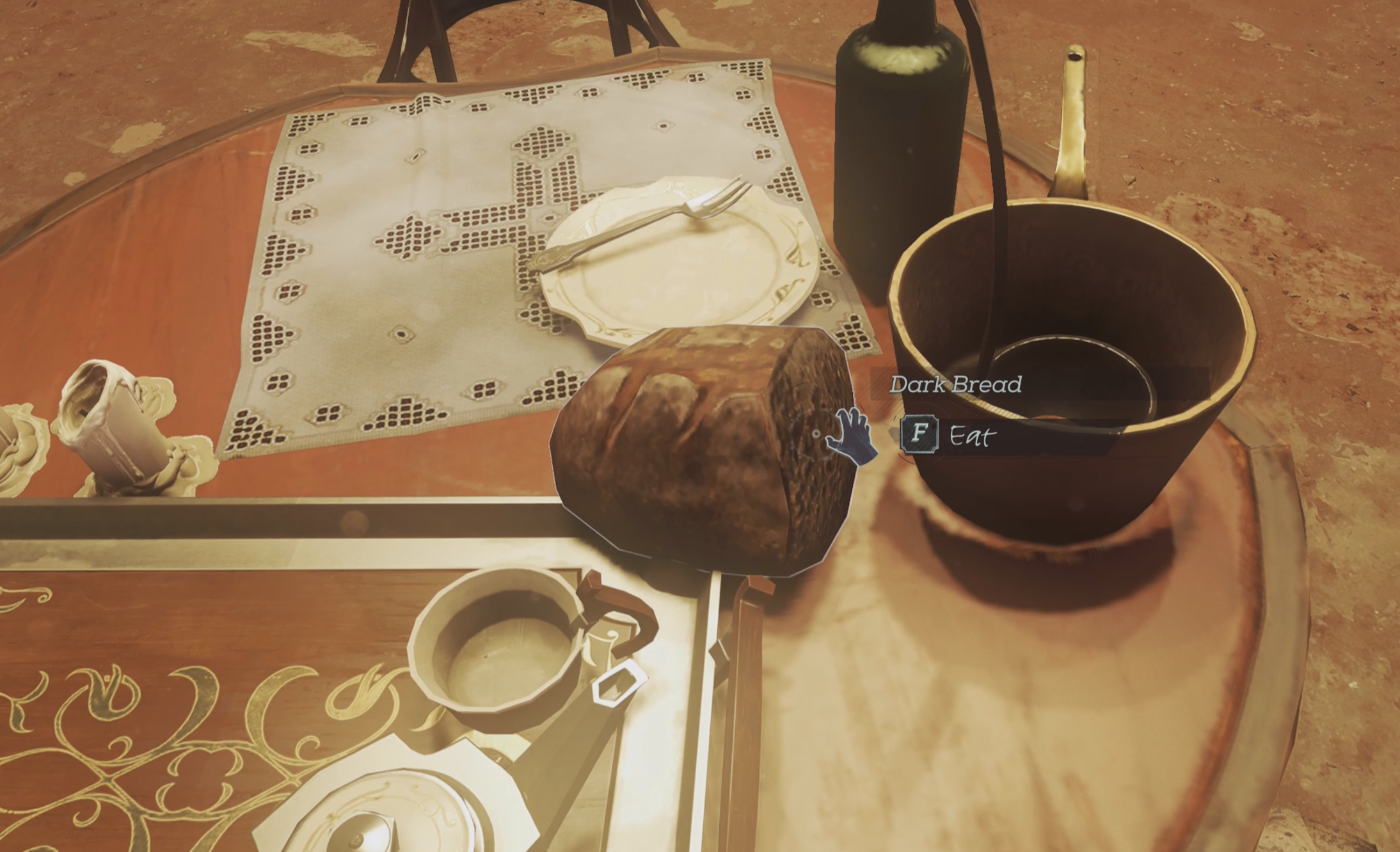
Karnacan bakers know how to bake bread. Lovely rise, nice crust, but a bit low res I’m being honest. Eating it gives you a small dose of HP, but the animation is a simple swipe-and-swallow maneuver. It’s pan for the course, and not much else. In 2016, it’s a good bake, but it’s not a great bake.
Final Fantasy 15 PC (2018)
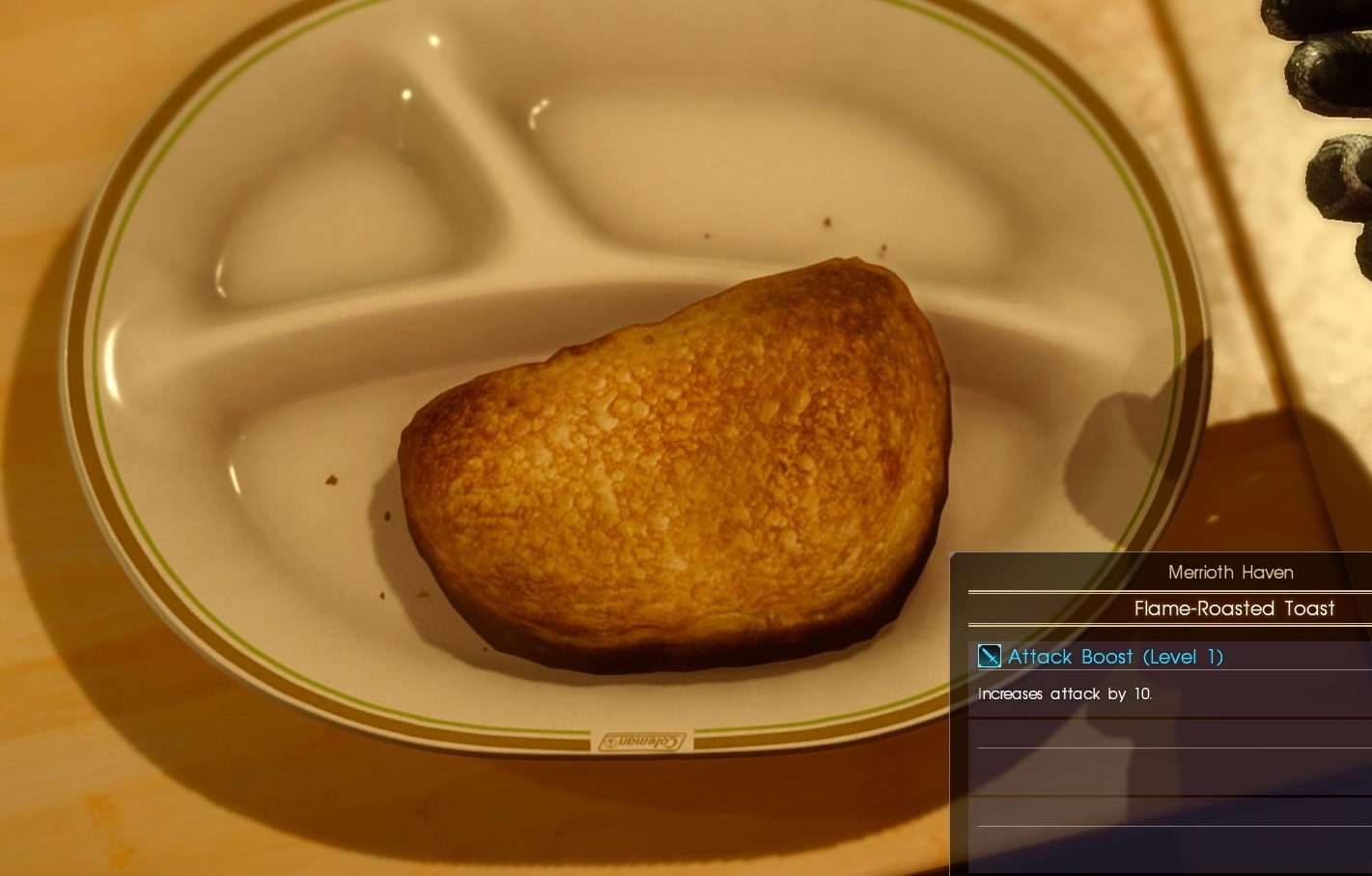
Let's take a moment to appreciate the food in Final Fantasy 15. And then let's panic.
Look at this damn toast. That might as well be real toast. If media is an extension of our senses, and videogames are a compilation of all mediums, a co-habitation of a near perfect reality, then this toast is, effectively, real. That's real, actual toast that we will never eat. It is right there and there's nothing you can do about it. This is the singularity, but instead of AI meeting the intellect of humans, it's toast AI meeting the toast-intellect of actual toast. Black Mirror whiffed on this one. I'm already clawing at the computer monitor. Next stop: my belly. Here we go.
The future of videogame bread
How far have we come, really? From BurgerTime’s advanced bun art to Dishonored 2’s simple dark loaf, videogame bread feels without a sure destination—a lumpy mass that needs more time to prove. Perhaps the future holds loaves we never could have imagined, or abominations, such as virtual reality pumpernickel that virtually tastes like sourdough.
Will Fortnite, as rumored, introduce the bunned meat of the Durr Burger as a health item? Will Kojima ever comment on the loaf in a world torn asunder by PMCs and omnipresent nuclear threat? Maybe someday we’ll spend as much money on naan as we do on spaceships in Star Citizen. All we know for certain is that bread will be there, a short roll for every dodge roll and an abundance of biscuits to crowd every RPG inventory.
James is stuck in an endless loop, playing the Dark Souls games on repeat until Elden Ring and Silksong set him free. He's a truffle pig for indie horror and weird FPS games too, seeking out games that actively hurt to play. Otherwise he's wandering Austin, identifying mushrooms and doodling grackles.


